A Publication from the Department of Agricultural Leadership, Education and Communication Strategic Discussions for Nebraska Communicating Science for All Audiences
Read the Current Issue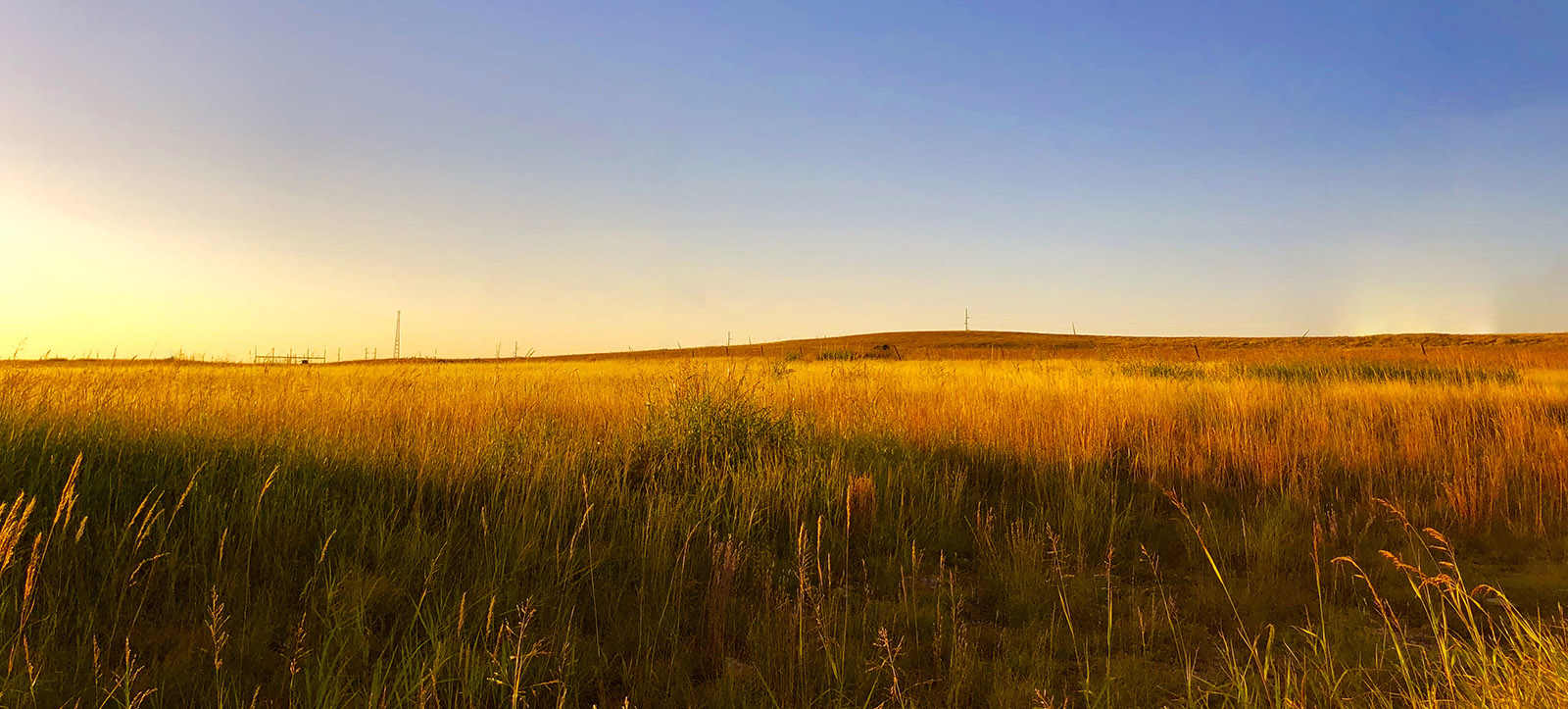
Data Drives Nebraska: Technology Advances Impact Agricultural and Natural Resources
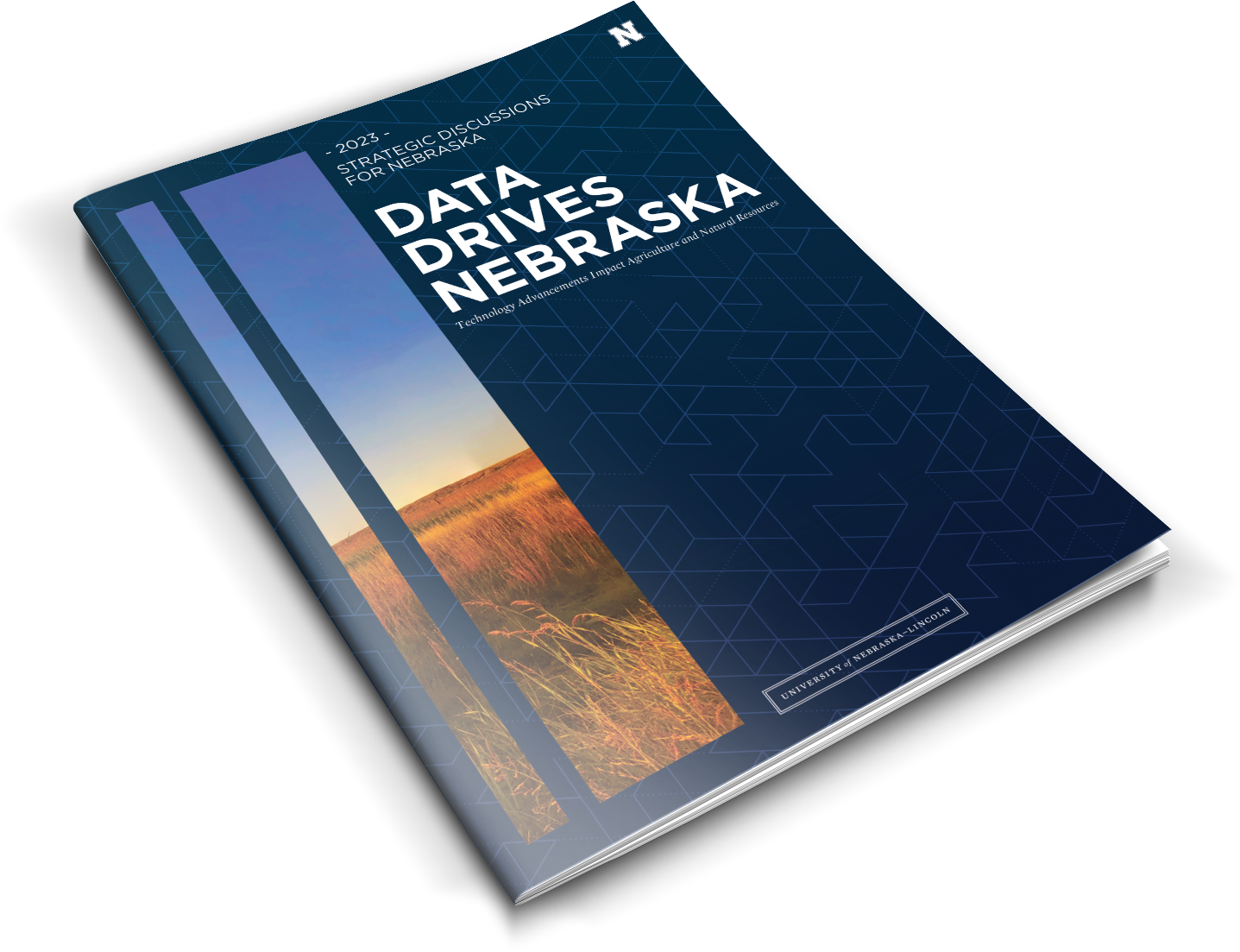
SDN is an annual publication produced in the Institute of Agriculture and Natural Resources (IANR) that highlights faculty research, Extension projects, and student initiatives. One goal of SDN is to highlight topics that Nebraskans find useful. A second goal is to share the story of IANR by not only explaining notable initiatives but also highlighting the impact each initiative has on the state.
The hope for SDN is to connect Nebraskans with information about university efforts that might benefit them. In recent years, SDN has rotated through the six IANR communities as a publication theme. This 2023 edition begins that rotation over again, focusing on the overarching topic of Computational Sciences and Technology that was last highlighted in 2017.
Specifically, this edition outlines technology developments and the impact on people, animals, and plants. From GPS collars used to help ranchers, to spatial technologies used to track pronghorns and better understand their behavior, to using a video game to introduce youth to the impact of the Eastern Red Cedar – SDN explains these initiatives and offers websites to learn more and get involved. There are several topics for Nebraskans included – there is likely something for everyone!
New in 2023, this edition also includes several feature stories about unique projects in IANR. Most notably, the PGA golf management students providing students with unmatched exposure to technology, such as the TrackMan Golf Simulator and the College of Agricultural Sciences and Natural Resources (CASNR) offering Change Maker Scholarships for students to explore their innovative ideas. Further, a faculty member in the Department of Plant Pathology made predictions in 2004 about the future of plants – peek inside to see if these predictions came true! The feature stories offer an additional lens into IANR, showcasing fun, distinctive work.
Read the Current Issue About SDN
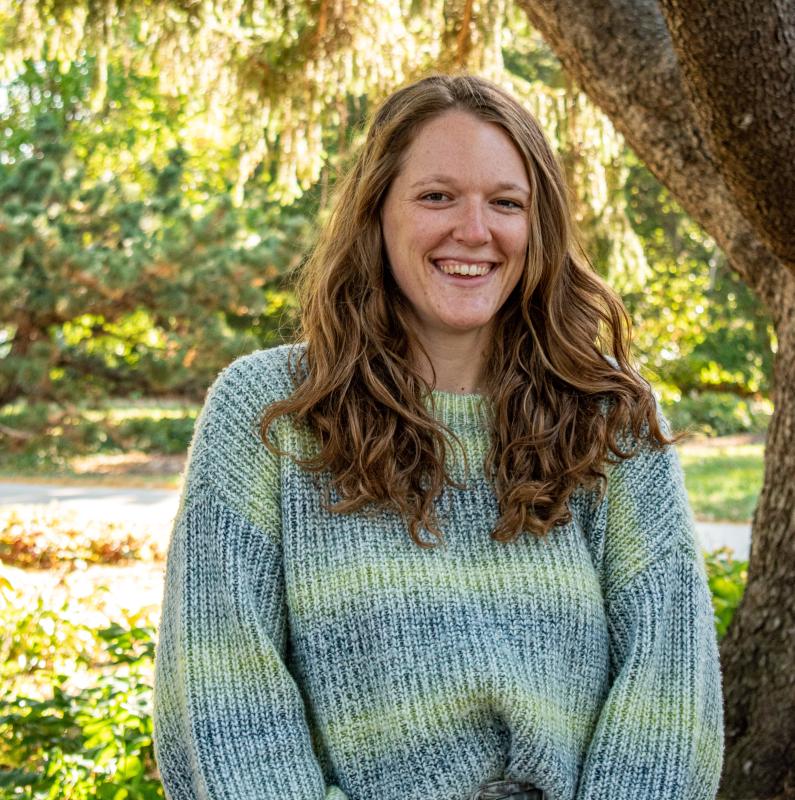


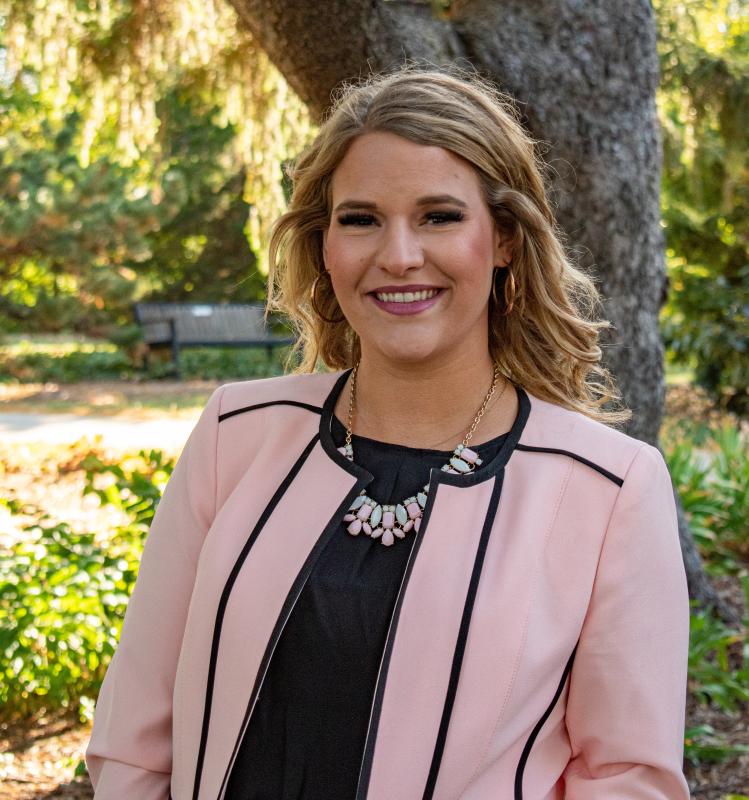

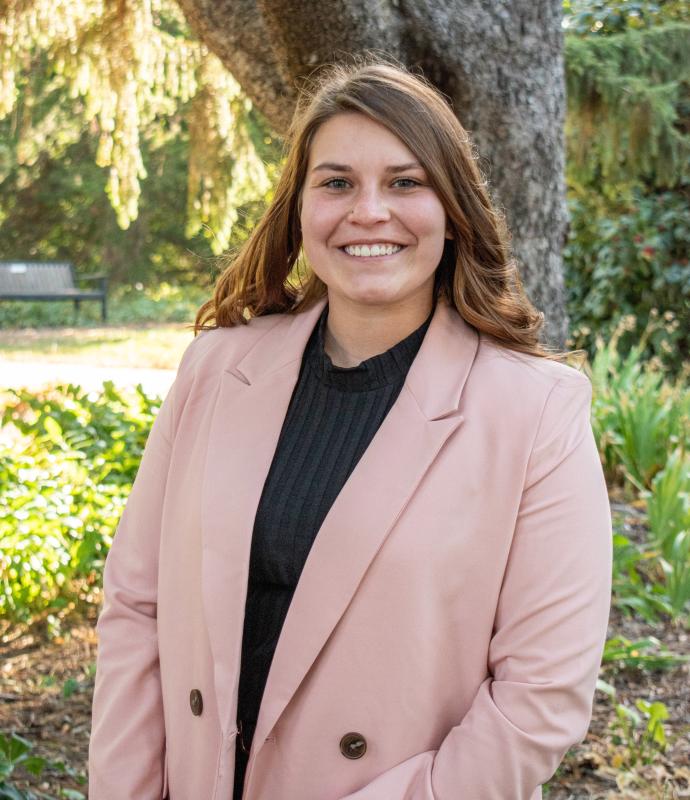



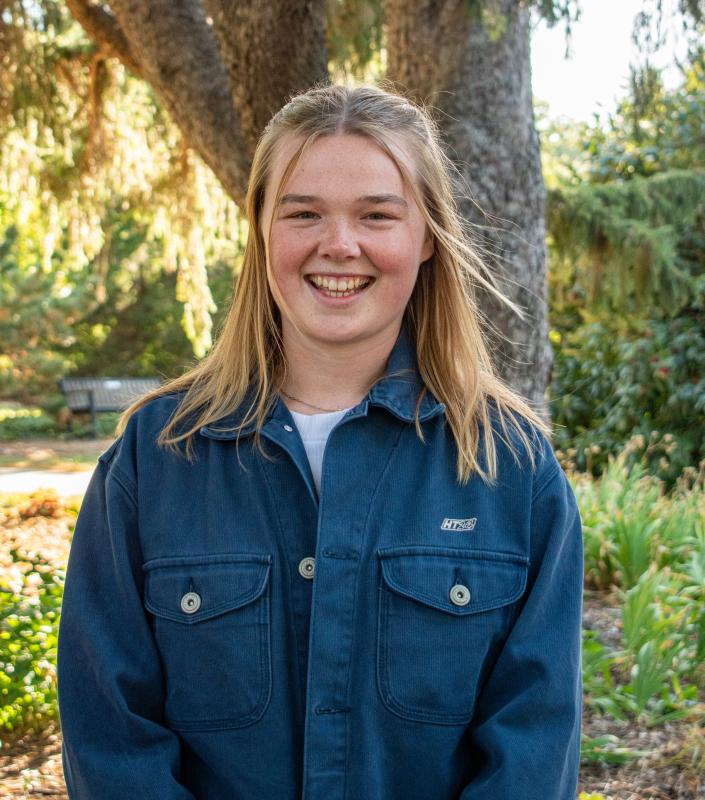
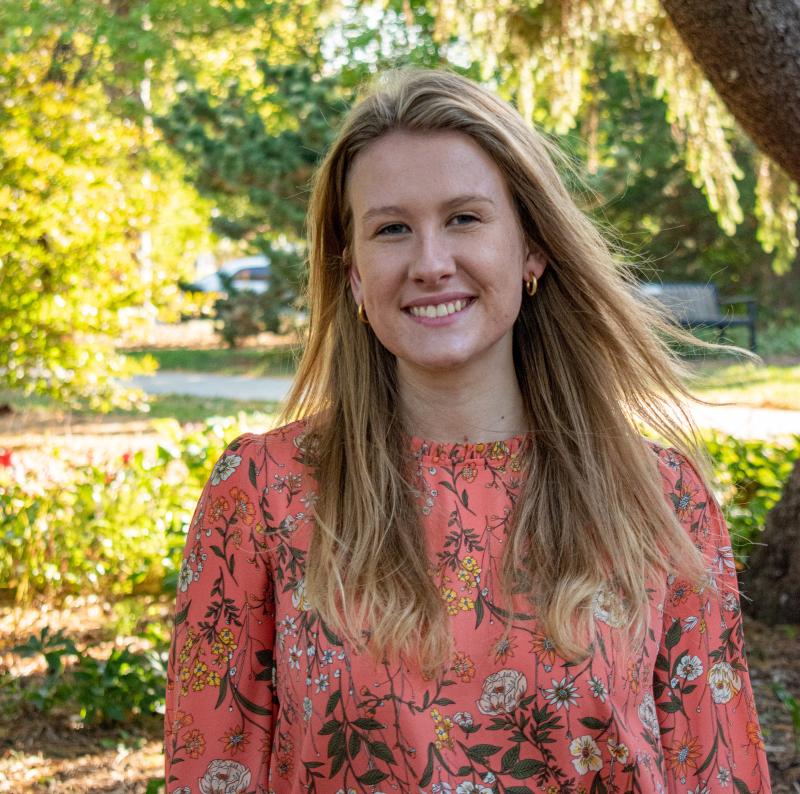


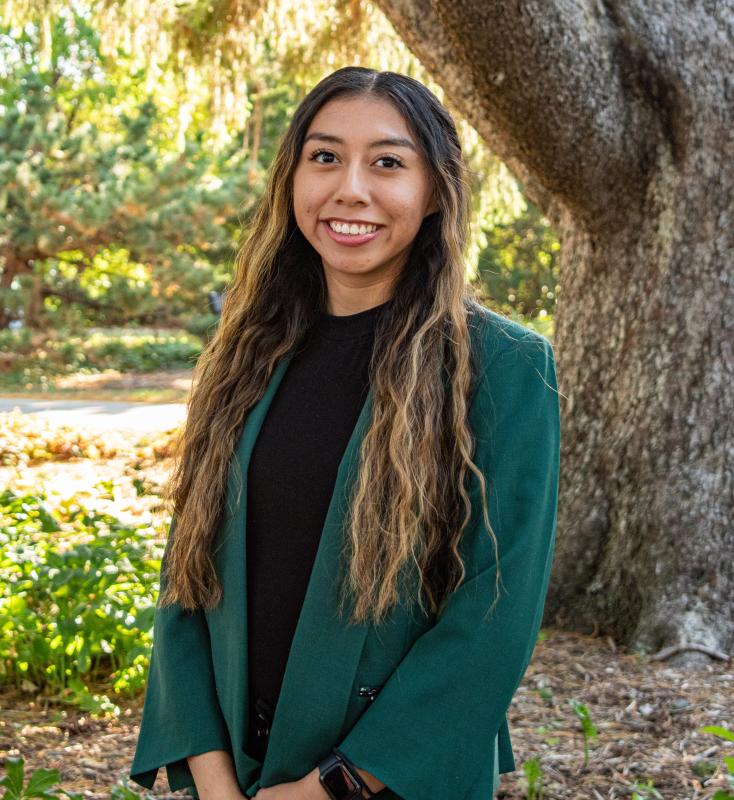
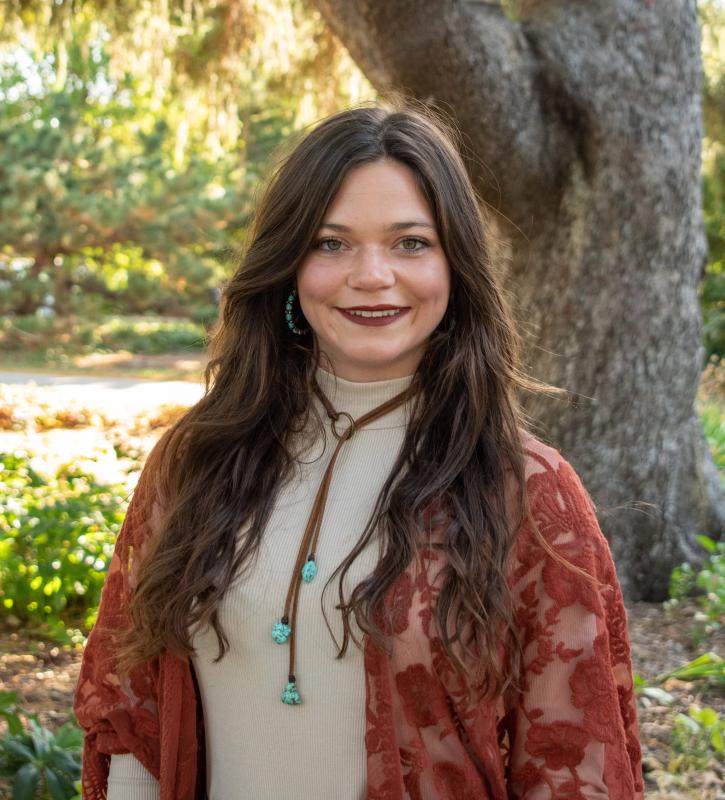
IANR Communities of Practice and Discovery
In 2011, six IANR communities of practice and discovery were formed as intentionally focus areas strength within IANR in an effort to propel Nebraska forward. The six communities include:
Computational Sciences - striving to efficiently and effectively analyze and report large sets of high-quality data in ways to be shared with the public.
Science Literacy - encouraging members of society to analyze complex challenges and make science-informed decisions in real-world situations.
Healthy Systems for Agricultural Production and Natural Resources - building on expertise in soil health, water resources, ecology, risk analysis, and plant and animal systems to help Nebraskans develop resilient agricultural production and natural resources systems.
Drivers of Economic Vitality for Nebraska - strengthening Nebraska’s entrepreneurial approaches to stimulate economic development and increase the vitality of Nebraska’s communities and the quality of life of its people.
Healthy Humans - establishing a research-based understanding to advance human health in relationships to healthy communities by conducting studies from basic biomedical research directed to understand disease, to nutritional foods and strategies that promote physical and mental well-being.
Stress Biology - improving production, health, and well-being for animal, plant, and human systems to better understand how organisms and systems adapt to stressors such as drought, insects, heat, and cold.
In recent years, Strategic Discussions for Nebraska (SDN) has rotated through the IANR communities as a publication theme as a way of highlighting these intentional IANR focus areas. The goal of SDN is to provide a snapshot of IANR research, teaching, and Extension efforts.
University of Nebraska–Lincoln Institute of Agriculture and Natural Resources (IANR) focuses on people and the food, energy, water, natural resources and communities that sustain them.
IANR scientific innovation in the land-grant mission areas of teaching, research and Extension places Nebraska on the leading edge of food production, environmental stewardship, human nutrition, business development and youth engagement.
IANR comprises the College of Agricultural Sciences and Natural Resources (CASNR), the Agricultural Research Division (ARD), Nebraska Extension, and the ARD and Extension components of three departments in the College of Education and Human Services.
IANR is committed to growing the future of Nebraska’s people, businesses and communities.
Strategic Discussions for Nebraska highlights teaching, research, and Extension projects occurring within IANR with the goal of communicating the work to a general audience.
Learn more about IANR